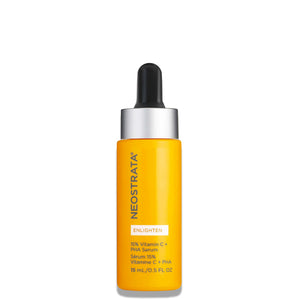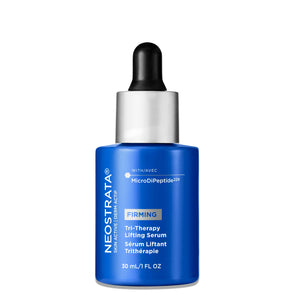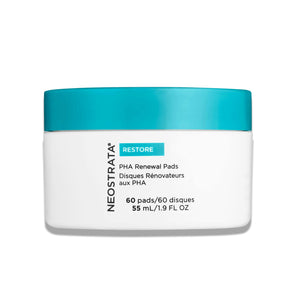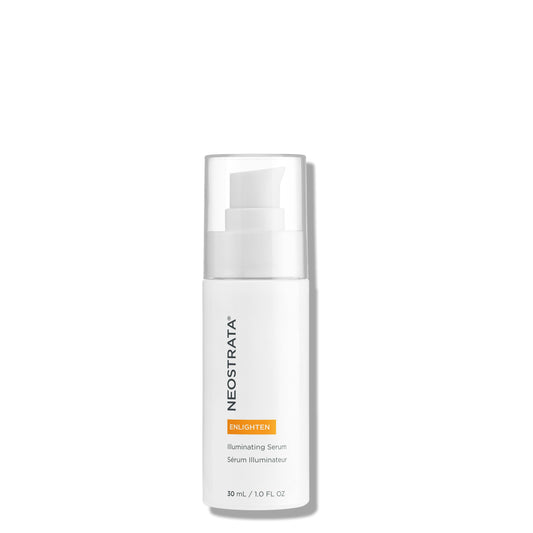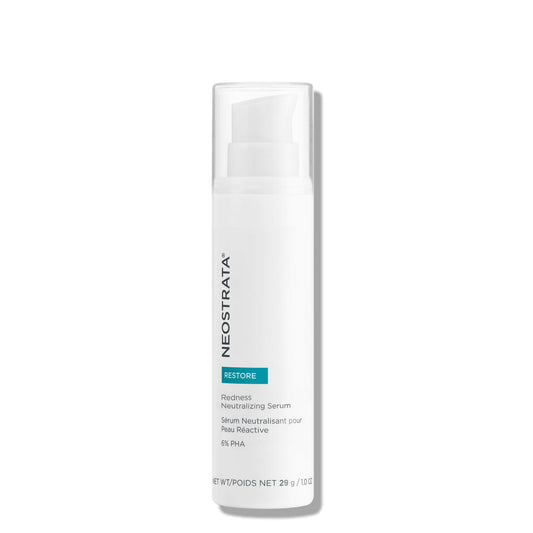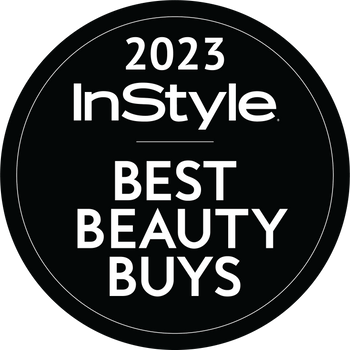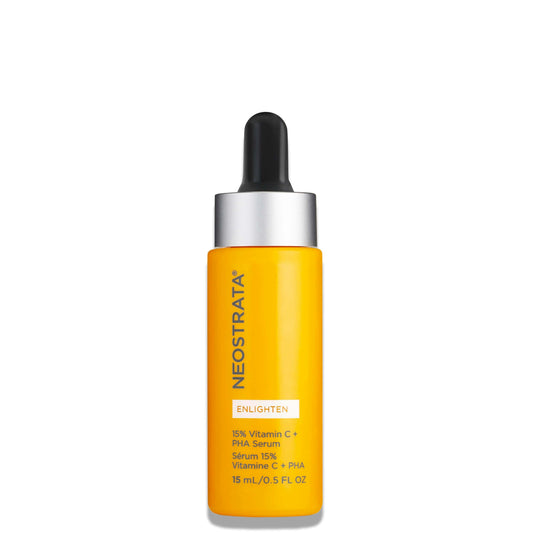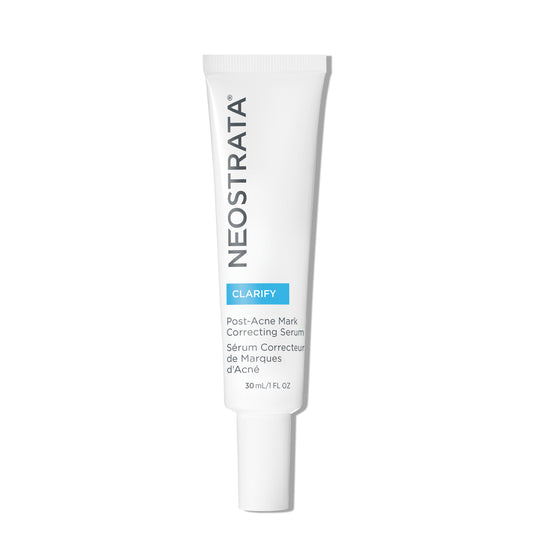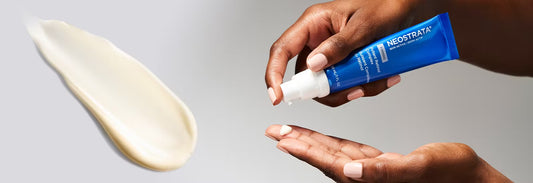Retinol and Glycolic Acid are rivals in the beauty world touting similarly impressive antiaging benefits such as evening skin tone, smoothing fine lines and wrinkles and even targeting acne-prone skin. But what is the difference between each and how do you know which one is best for your skin?
Read on to learn about these potent ingredients and how to use either Glycolic Acid or Retinol (or possibly both!) in your skincare regimen.
Glycolic Acid vs. Retinol – What’s The Difference?
Deciding whether you should use Glycolic Acid or Retinol in your skincare routine starts with knowing how each ingredient works separately.
Glycolic Acid works on the surface level of skin to help exfoliate, removing dull skin and revealing newer, healthier-looking skin. Glycolic Acid is an Alpha Hydroxy Acid derived from sugar cane that works by loosening the glue-like substance that holds dull and dead skin cells on the topmost layer of your skin. Glycolic Acid is a good option for all but sensitive skin types. You can read more about Glycolic Acid at What Is Glycolic Acid and What Are The Benefits article.
Retinol works on a deeper level of skin to help speed up skin turnover. Retinol is a powerful form of Vitamin A. It is one of dermatologists go-to ingredients for various skin concerns including acne-prone skin, sun damage, enlarged pores and more. It acts as an exfoliator that increases skin turnover, sloughing off dull skin to reveal healthier-looking for radiant skin and reducing the appearance of fine lines and wrinkles. Retinol is an idea option for dry, normal and oily skin.
Can You Use Glycolic Acid Products With Retinol?
Glycolic Acid and Retinol are two very powerful antiaging ingredients that shouldn’t be used together in the same application as there is a high risk of irritation, dryness, itchiness, peeling, flaking and sensitivity to the sun. If you are noticing this, you should cut back on your applications. But if your skin is very tolerant to both ingredients, you can try alternating the nights you use these two formulas.
To safely incorporate Glycolic Acid and Retinol in your skincare routine, try the following:
Start Low and Slow: Introduce Retinol slowly into your regimen. Aim to start with once weekly application to ensure your skin can tolerate it and gradually increase use to every other day.
Try: Comprehensive Retinol 0.3% Night Serum
This award-winning nighttime serum helps diminish uneven tone, smooth the look of coarse wrinkles and promote visible firming with Retinol, Hyaluronic Acid and NeoGlucosamine.
Incorporate Glycolic Acid: Use Glycolic Acid on an evening you aren’t using Retinol, and gradually increase use of Glycolic Acid to every other day, if needed.
Try: Glycolic Renewal Smoothing Lotion
We recommend Glycolic Renewal Smoothing Lotion as a great starter AHA face and body lotion for normal or oily skin types. Begin with this before moving up to higher strength AHA formulas in our Resurface Collection.
If You Have Dry or Sensitive Skin: You should see a dermatologist before adding any new products to your routine and checkout our article on How To Treat Dry Skin.
In conclusion, Glycolic Acid and Retinol are both excellent options for an antiaging skincare routine. They both aim to help create a more even, smoother complexion with less fine lines and wrinkles but do so in different ways. Glycolic Acid works by exfoliating away the top layer of dead skin, while Retinol works from within to help speed up skin turnover sloughing off dull skin to reveal radiant skin. As both are powerful ingredients, it is best to not use them in the same application to avoid irritation. However, you can slowly start to incorporate them into your routine on alternate evenings but be sure to seek advice from your Dermatologist if you have dry or sensitive skin.
